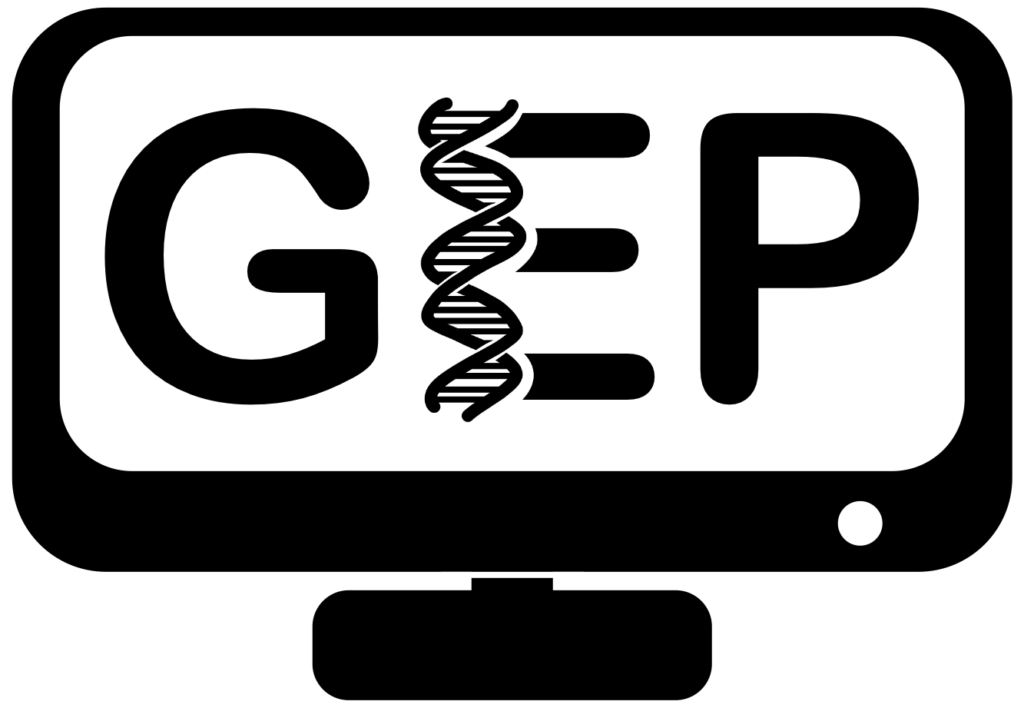Module 1. Introduction to the Genome Browser: What is a gene?
This module introduces students to the GEP UCSC Genome Browser. After completing this module students will be able to navigate to a genomic region and to control the display setting for different evidence tracks.
